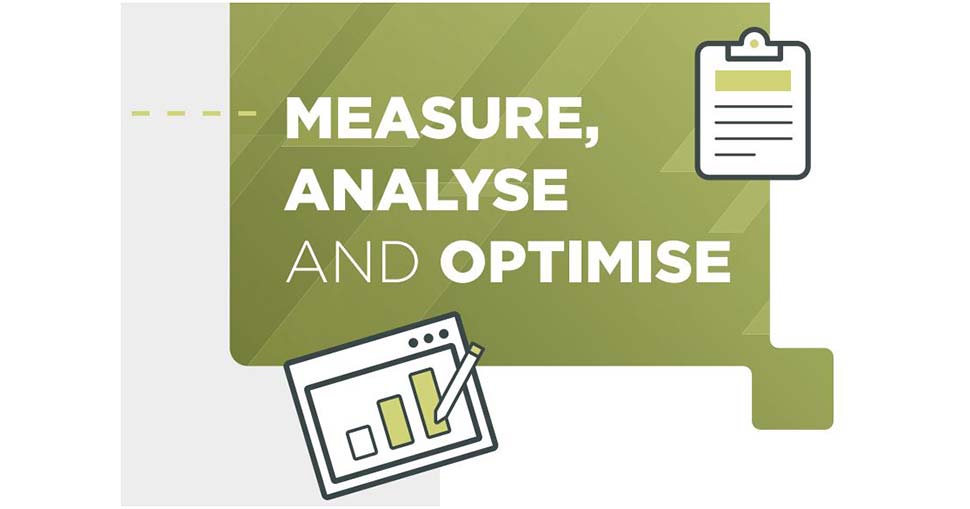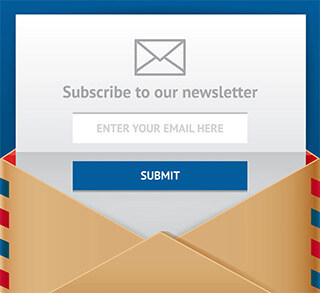It explores how optimisation should be undertaken in a methodical way by reviewing campaigns, setting benchmarks and goals, identifying insights, and proactively planning based on learning. It states how a successful approach relies on an open, brave attitude, and accepting that performance can always be improved.
Marketing optimisation starts with the four Rs which make up the baseline benchmark:
- Reach – Estimated number of potential clients you can talk to with the campaign.
- Response – Indicators of marketing success including website traffic growth, sales qualified leads generated, sales opportunities and eCommerce basket fulfilment.
- Revenue – A clear business outcome demonstrated with a sales conversion; but are they are the right clients to meet the business objectives?
- Retention – Maximise return on your marketing investment by establishing the opportunity for Customer Relationship Management (CRM) and understand how much investment will be required to create such a relationship.
A direct link between marketing performance and business success should be established by setting realistic and relevant business priorities and marketing objectives. It should be a simple evaluation structure that’s obvious and easy for any team member to understand.
Important too is an attainable return on investment (ROI) defined by carefully considered strategies, tactics, and channels. By testing and learning the most effective content, creative, offers and promotions can be identified. When and where, and which target audience is most profitable questions can also be answered.
To identify improvements, set best performance benchmarks by evaluating the total number of impressions your campaigns have generated and what percentage of those have filtered down to responses, qualified leads, sales conversions, and revenue.
Essential to keep sight of is Customer Acquisition Cost (CAC), calculated by comparing the amount of money invested in attracting clients with the numbers of actual clients gained. Strategies that can help include Conversion Rate Optimisation (CRO) to make it easy and obvious for visitors to convert to leads, adding value, creating a client referral programme, and streamlining your sales cycle. Consider too Customer Lifetime Value (LTV) or the predicted revenue that one client will generate over the course of their relationship with your organisation. It represents the ultimate ROI – a strong, growing relationship that evolves to become client advocacy.
The clear communication of results attained can be provided in a marketing report that states how the campaign’s client touchpoints performed. It should draw connections with the wider business to remain relevant, provide details on engagement (reach), conversion (response) and ROI (revenue) as well as also forecasting retention. The report can be used to shape future marketing strategy and tactics, as well as define the budget investment.
In a highly active and agile world marketing needs to constantly move forward. With marketing optimisation, Print Service Providers (PSPs) can learn just as much, if not more, from a failure as they can from success, and identify ways to do better, achieve more and increase ROI. It allows you to explore opportunities and accurately assess results that will help define future approaches.
Optimise is one of six books in the series that also includes Audience, Marketing, Brand, Vision, and Engage. Developed to support PSPs keen to ensure future success, the series discusses practical, easy, and enjoyable ways to shape business growth and profitability. It helps operations define and achieve clear goals and aspirations. What could that look like for you? Contact us for the guides and find out for yourself.
By Mark Hinder, Responsible for Business Development Programmes, Graphic Communications, Ricoh Europe



